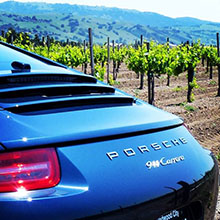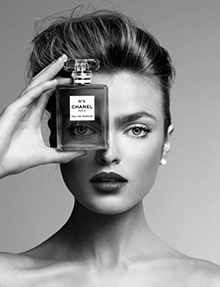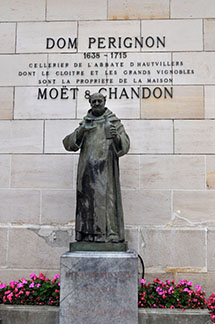|
| Dom Perignon statue |
| Moet & Chandon headquarters |
| Epernay France |
| |
| RECENT LABELS |
| |
| Non-Vintage |
|
|
|
|
| |
Dom Perignon Champagne House
Moët et Cie (Moët & Co.) was founded by Claude Moët in Epernay in 1743 and owns the Dom Perignon Champagne House. The history of the Moet House is described in the Moet & Chandon History report. Dom Perignon is widely recognizable and widely distributed.
History
The Dom Perignon brand was launched by Robert-Jean de Vogué in 1936 as the first commercially available brut prestige cuvee, 'Dom Perignon' using wine from the 1921 vintage. Louis Roederer originally produced Cristal as the first prestige cuvee in 1876, but it was sweet and was not commercially available. Prior to 1927, the brand name 'Dom Perignon' was owned by Mercier and was a gift to Moet when Francine Durant-Mercier married Paul Chandon. That gift paved the way for Moet to market 'Dom Perignon'.
For many years Dom Perignon grapes were sourced exclusively from the historic vineyards at Hautvillers where the legendary monk lived and sourced his grapes. The holdings have increased over time and 8 grand cru are used in the blend, along with the one historic premier cru at Hautvillers (the only premier cru allowed in the blend).
Dom Perignon History - the monk, the legend...
The Benedictine monk, Dom Pierre Perignon arrived at the Abbey of Hautvillers in 1668. He s credited with several quality advancements in winemaking processes. However, it is only a myth that he 'invented' sparkling wine. The first traditional method sparkling wine was most likely intentionally made in England. Instructions for the process are included in documentation dating back to 1662, six years before the monk arrived at the Abbey in Hautvillers. Perignon efforts were directed toward trying to avoid refermentation in the bottle, not to encourage it. Refermentation was not new to the period and was basically considered a fault. Even though the traditional method of sparkling wine production was not an invention of Dom Perignon, there were undoubtly numerous contributions to the wine industry made by Perignon. Frere Pierre, Dom Perignon's immediate successor documented many of Perignon's accomplishments, including producing a white wine from red grapes, inventing the original coquard press used in Champagne, blending (assemblage) wine from different vineyards to produce a superior cuvee, experimentation with English glass (coal-fired, more resillient than the wood fired glass typically used in France at the time) and re-introducing the cork in Champagne as a viable closure for wine bottles to name a few. Perignon deserves much recognition and praise for the many monumental achievements he accomplished. Dom Perignon died in 1715 at the age of 77 and is buried at the Abbey.
For more about the history of sparkling wine, go to our Sparkling Wine History webpage.
Related Subjects
Dom Perignon Champagne Offerings
Our Dom Perignon report contains a selection of current Dom Perignon champagnes along with reviews and ratings.
About Dom Perignon
Our About Dom Perignon report includes general information about the champagne house and key Dom Perignonpeople.
Contact Dom Perignon
Contact and possible tour information is located on our Contact Dom Perignonreport.
Dom Perignon History
A history of Dom Perignon can be found on our Dom Perignon History report.
Moet & Chandon History
Go to our Moet & Chandon History report for more Moet & Chandon history. |




